Beta-alanine (ß-alanine) has been a supplement in the holster of many endurance and power athletes alike for its purported ability to improve muscular strength, power output, as well as improve anaerobic and aerobic endurance (1). ß-alanine does this by buffering the accumulation of hydrogen ions. This prevents muscle blood pH from lowering and acidosis (burning in your muscles) occurring due to its ability to raise the carnosine levels present in the muscles. If I just lost you there, or for more background on this idea, please review my blog post regarding lactate. So, this all sounds great and the big-words scientists like to use make it sound legit, but does the research back it up?
Research Regarding ß-Alanine
The majority of the research I uncovered regarding ß-alanine has been extremely positive. Hobson et al. (2) performed a meta-analysis of studies done regarding ß-alanine and found that time to exhaustion during a cycling capacity test performed at 110% of max power improved by 11.8% as compared to the placebo group. They also state that the most significant improvements lie within the 1-4 minute ranges. So, short steep climbs, cyclocross run-ups, turns in a criterium, track racing, etc. will significantly improve with ß-alanine supplementation.
What about exercise lasting longer than 4 minutes? Smith et. al (3) demonstrated >90 seconds longer time to exhaustion during a 20 minute ramped cycling test compared to the placebo group. This also translates to other sports; a ß-alanine supplemented group of competitive rowers was able to perform a 2,000m row 4.3 seconds faster compared to the placebo group! This is a significant improvement, especially because these were highly competitive and well-trained athletes. So, even though the improvements are not huge with exercise lasting >4 minutes during ß-alanine supplementation, there are still gains to be realized, especially at the elite end of sports.
Let’s put this all together then, the research behind ß-alanine shows that it (1,2,3,4):
- Improves muscle carnosine levels which can act as a pH buffer and postpone acidosis.
- Improves exercise performance mainly with activities lasting 1-4 minutes, but there is some positive research regarding exercise lasting >4 minutes. More research needs to be done regarding it’s efficacy for longer duration exercise however.
- Improves time to exhaustion by delaying neuromuscular fatigue.
- Is viewed to be safe to supplement within healthy populations and at recommended doses with the only reported side-effect being paraesthesia (tingling). This will improve and eventually go away over time and with continued supplementation.
- Has anti-oxidant and immune boosting properties.

Proper Dosing of ß-Alanine
Dosing of ß-alanine has differed with every research article slightly, but generally each one I have read states to supplement with 2g 2-4 times daily for a total of 4-8g. This should be done for a minimum of 2 weeks to improve muscle carnosine levels by 20-30%, but ideal supplementation time is 4-6 weeks with muscle carnosine levels shown to increase 40-60% compared to baseline (5). There have been no long-term studies done regarding long-term supplementation (>6 weeks) of ß-alanine, but the general consensus seems to be that it is safe and after the initial loading phase of the first 4-6 weeks, higher muscle carnosine levels can be maintained with a maintenance dose of 2-3 grams per day.
So, can ß-alanine boost your cycling performance? YES!
Ideally, ß-alanine should be loaded with 2g 2-4 times per day for a total dose of 6-8g for the first 4 weeks. This will increase muscle carnosine concentrations by 40-60% and can be maintained with a 2-3g dose once per day. The increase of muscle carnosine acts as a Hydrogen buffer and prevents acidosis as well as delaying neuromuscular fatigue for activities lasting 1-4 minutes especially, but has been shown to improve time to exhaustion for activities lasting >20 minutes. The long-term dosing of ß-alanine has not been studied, but is generally viewed as being safe. Remember to expect paraesthesia (tingling) when first supplementing with ß-alanine which will go away over time and with continued supplementation.






No comment yet, add your voice below!